Lemon & Spice: 7 Unexpected Savoury Recipes That Will Blow Your Mind
If you’ve ever thought of lemons as just a sweet dessert companion, it’s time to rethink your spice game. Lemons aren’t just for lemonade and lemon bars—they can be the ultimate secret weapon in savoury dishes when paired with the right spices.
In this article, we’re exploring 7 innovative spice pairings that will take your savoury lemon recipes from “just okay” to “OMG, what is this magic?” Whether you're a seasoned chef or a weekend kitchen warrior, these combos are sure to spice up your life—literally.
Table of Contents
- The Lemon Lowdown: Why It Works in Savoury Dishes
- Spice Pairing #1: Lemon + Sumac – The Middle Eastern Dream Team
- Spice Pairing #2: Lemon + Za’atar – A Trio Made in Culinary Heaven
- Spice Pairing #3: Lemon + Cumin – Earthy Meets Bright
- Spice Pairing #4: Lemon + Chili Flakes – Tangy Heat Alert!
- Spice Pairing #5: Lemon + Paprika – Sweet Smoke & Citrus Fire
- Spice Pairing #6: Lemon + Black Pepper – Simple but Mighty
- Spice Pairing #7: Lemon + Coriander Seed – A Nutty Citrus Symphony
- Pro Tips: How to Balance Lemon & Spices Like a Pro
- Final Zest: Why You Should Embrace Lemon in Your Savoury Kitchen
The Lemon Lowdown: Why It Works in Savoury Dishes
Lemons bring more than just acidity to the table. Their vibrant, bright flavor can cut through richness, enhance depth, and elevate aromatics. But here’s the real zinger: when you add the right spice to lemon, you unlock layers of flavor that can turn even the most basic dish into something spectacular.

Spice Pairing #1: Lemon + Sumac – The Middle Eastern Dream Team
Sumac is often overlooked, but this deep red spice brings a tangy, berry-like brightness that mirrors lemon’s zestiness. Together, they create a bold, mouthwatering combo perfect for grilled meats, salads, or sprinkled over hummus.
| Dish | Lemon Quantity | Sumac Quantity | Result |
|---|---|---|---|
| Grilled Chicken | 1 tsp zest | ½ tsp sumac | Zesty char with a punch |
| Fattoush Salad | Juice of ½ lemon | ¾ tsp sumac | Crisp, refreshing bite |
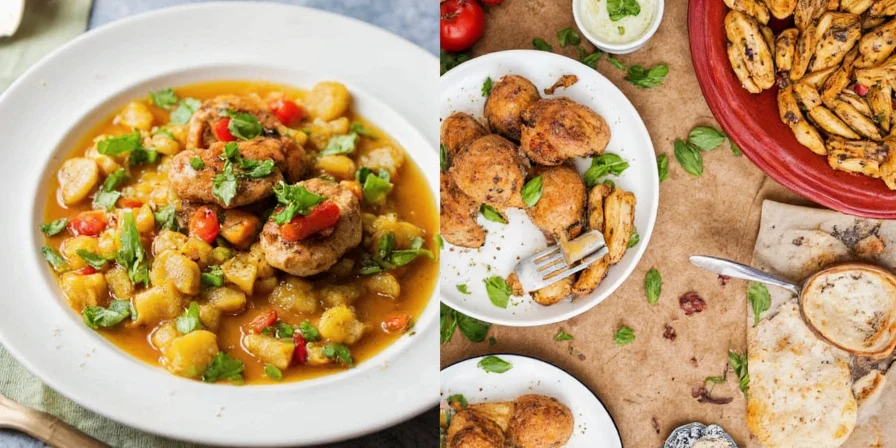
Spice Pairing #2: Lemon + Za’atar – A Trio Made in Culinary Heaven
Za’atar isn't just a spice blend—it's a mood. With thyme, sesame seeds, salt, and sumac (yes, there’s already some citrusy overlap), za’atar becomes even more dynamic when you throw fresh lemon juice into the mix.
- Use it on flatbreads brushed with olive oil and lemon
- Season roasted vegetables like eggplant or zucchini
- Marinate fish before grilling
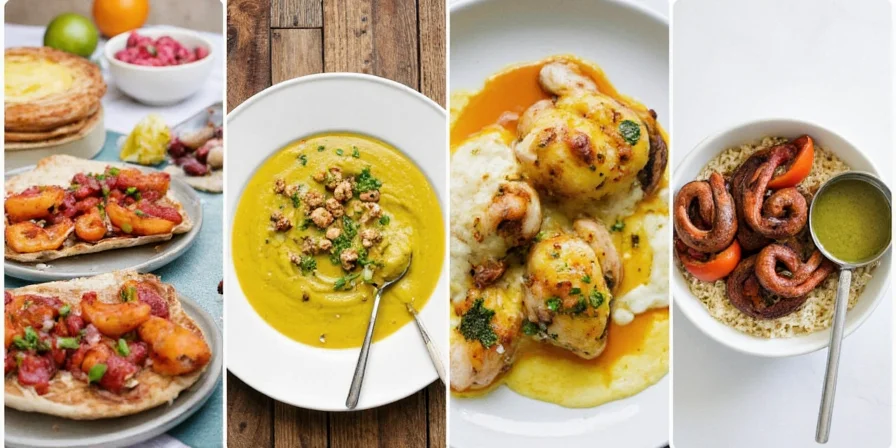
Spice Pairing #3: Lemon + Cumin – Earthy Meets Bright
Cumin might seem like a spice that lives in the shadows, but when paired with lemon, it steps into the spotlight. This combo works wonders in lentil soups, stews, and curries.
Pro Tip: Toast cumin lightly before grinding it. Then finish the dish with a squeeze of lemon for maximum impact.
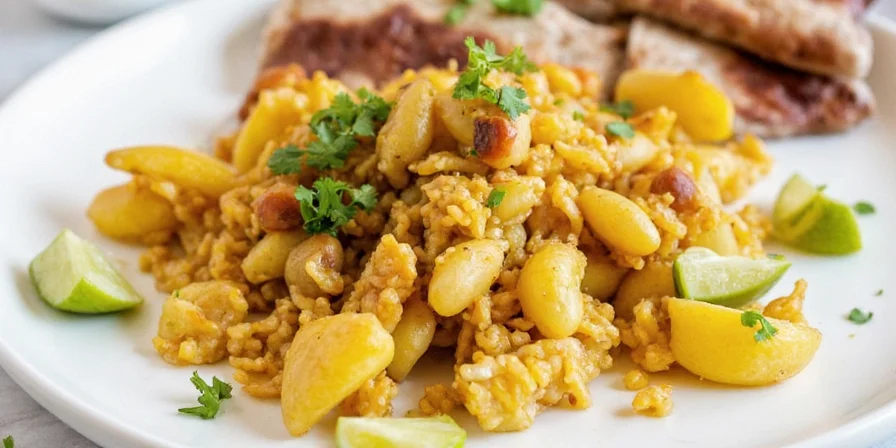
Spice Pairing #4: Lemon + Chili Flakes – Tangy Heat Alert!
This one’s for those who like it spicy… and zesty. Lemon and chili flakes make a fiery-fresh duo ideal for marinades, pastas, or drizzling over pizza after baking.
Try this quick recipe: Lemon-Chili Butter Shrimp. Just sauté shrimp in butter, garlic, chili flakes, then finish with a squeeze of lemon. Serve over rice or crusty bread.
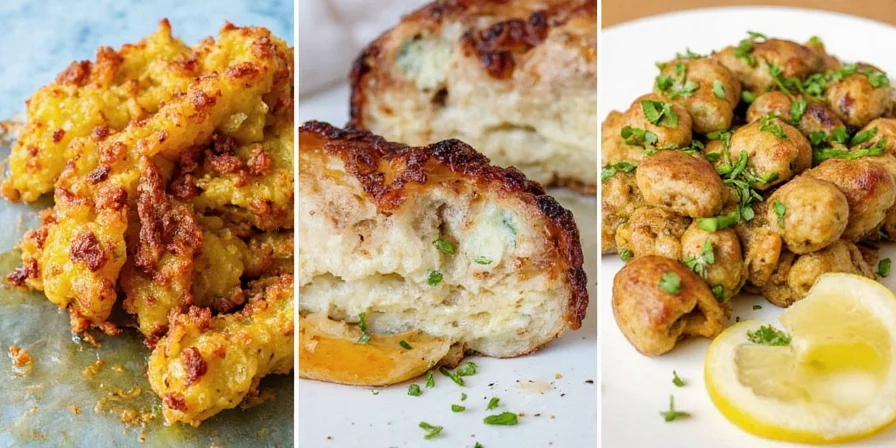
Spice Pairing #5: Lemon + Paprika – Sweet Smoke & Citrus Fire
Sweet paprika adds a subtle smokiness and sweetness that contrasts beautifully with lemon. Try this combo on roasted potatoes, grilled fish, or even in tomato-based sauces.
| Dish | Lemon | Paprika | Flavor Outcome |
|---|---|---|---|
| Roasted Potatoes | Lemon zest | Smoked paprika | Smoky-citrus crunch |
| Lemon-Paprika Chicken Skillet | Lemon juice | Sweet paprika | Deep golden glaze |

Spice Pairing #6: Lemon + Black Pepper – Simple but Mighty
Sometimes the classics are the best. Freshly cracked black pepper and lemon zest? Total power couple. Add a bit of sea salt and a drizzle of olive oil and you have a dressing that can elevate everything from roasted veggies to seared scallops.
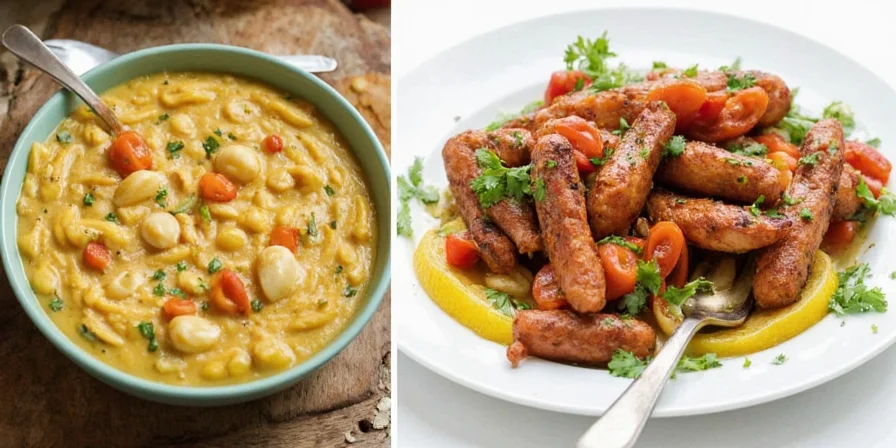
Spice Pairing #7: Lemon + Coriander Seed – A Nutty Citrus Symphony
Coriander seeds offer a warm, nutty background that plays incredibly well with lemon’s sharp brightness. Toast them, grind them, and sprinkle them into rice dishes, legumes, or even a citrus-forward tagine.
Pairing Example: Lemon-Coriander Couscous – Toss cooked couscous with lemon zest, toasted coriander, chopped parsley, and olive oil. Instant flavor upgrade.
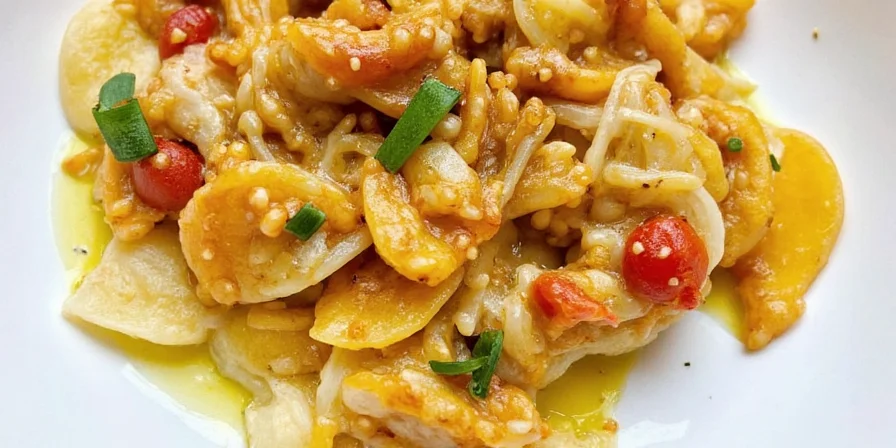
Pro Tips: How to Balance Lemon & Spices Like a Pro
Mastering the balance between lemon and spices takes practice, but here are a few golden rules:
- Add at the end: Lemon juice oxidizes quickly—add it near the end of cooking to preserve its freshness.
- Taste as you go: A little goes a long way. Taste and adjust after each addition.
- Match intensity: Bold spices need bolder lemon presence; delicate flavors call for a lighter touch.
- Don’t forget the salt: Salt enhances both the lemon and the spice, helping their flavors pop.
- Balance with fat: Use oil, butter, or cream if things get too acidic.

Final Zest: Why You Should Embrace Lemon in Your Savoury Kitchen
Lemon is not just for garnishing cocktails or making desserts shine. In the world of savoury lemon recipes, it’s a game-changer—especially when married with the right spice.
From earthy cumin to tangy sumac and fiery chili flakes, the pairings we explored here are just the beginning. Experiment, taste, and trust your palate. After all, the best recipes are the ones you tweak until they’re perfectly yours.
So go ahead—grab a lemon, reach for your spice rack, and let the culinary magic begin!
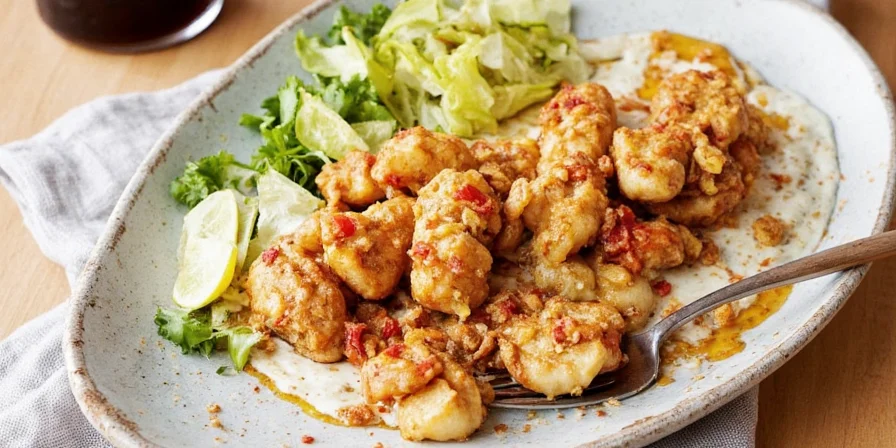
Summary Table: Top Lemon & Spice Pairings
| Spice | Best For | Flavor Profile |
|---|---|---|
| Sumac | Grilled meats, salads | Tangy, bright |
| Za’atar | Breads, veggie roasts | Herby, earthy, citrusy |
| Cumin | Stews, soups | Earthy, warm |
| Chili Flakes | Pasta, seafood | Spicy, fresh |
| Paprika | Roasted veggies, poultry | Smoky, sweet |
| Black Pepper | Simple dressings, steaks | Sharp, aromatic |
| Coriander Seeds | Rice dishes, tagines | Nutty, floral |

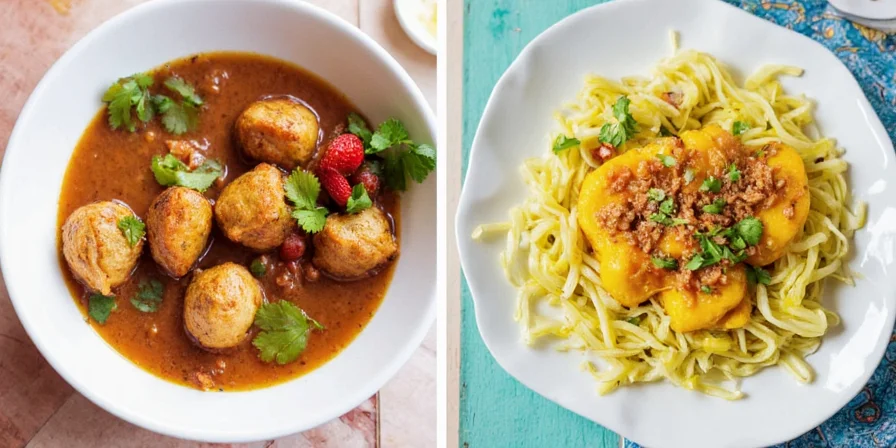









 浙公网安备
33010002000092号
浙公网安备
33010002000092号 浙B2-20120091-4
浙B2-20120091-4